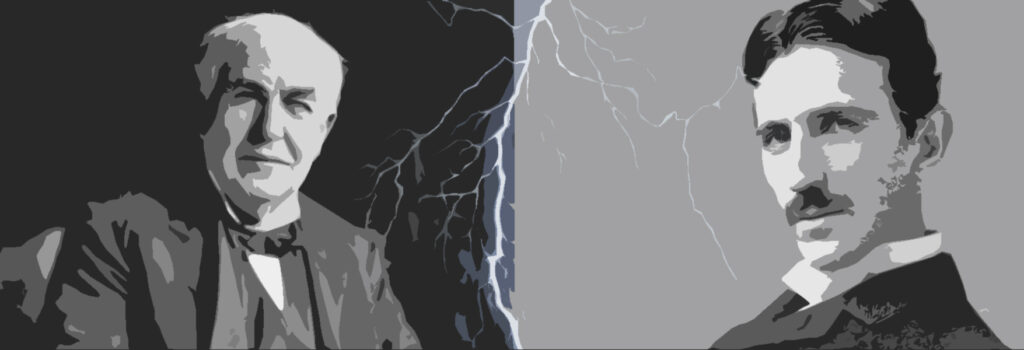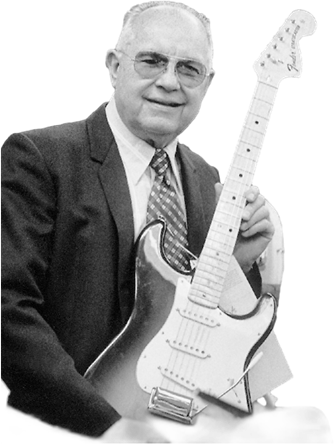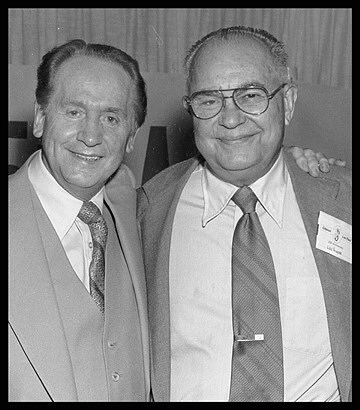Debunking the Myth of the Sole Inventor
Share this post
Beyond the Sole Inventor Myth: Collaborative Foundations of Innovation
The narrative of the lone genius transforming the world with a single groundbreaking invention is a compelling one. However, history and reality tell a more complex story of innovation, characterized by collaboration, parallel discoveries, and building upon the work of predecessors. The tales of Marconi with the radio, Edison and Tesla with electrical infrastructure, and Les Paul and Leo Fender with the solid-body electric guitar serve as prime examples of why the “sole inventor” theory is fundamentally flawed.
The Myth of the Lone Inventor
The concept of a lone inventor changing the world with a single stroke of genius is deeply ingrained in popular culture. However, this oversimplification ignores the interconnected nature of innovation, where ideas are shared, built upon, and refined through collaboration.
Collaborative Foundations of Innovation

Marconi and the Radio
Guglielmo Marconi was hailed as the inventor of the radio, yet his work was not conducted in isolation. The principles of electromagnetic radiation discovered by James Clerk Maxwell and the experiments of Heinrich Hertz on radio waves provided the theoretical and experimental foundations for Marconi’s work. Furthermore, Nikola Tesla and others were working on similar technologies concurrently.

Edison, Tesla, and Electrical Infrastructure
Thomas Edison and Nikola Tesla are frequently depicted as arch-rivals in the race to electrify the world. Edison’s direct current (DC) systems competed against Tesla’s alternating current (AC) systems, a battle often dramatized as “The War of Currents.” This narrative, however, glosses over the contributions of others like George Westinghouse and the fact that both Edison and Tesla built upon the work of earlier scientists such as Michael Faraday and James Clerk Maxwell. The development of electrical infrastructure was a cumulative effort, involving many inventors and innovations across the globe.

Collaborative Pioneers of Electric Guitar Innovation

Les Paul: Innovator and Musician Extraordinaire
Les Paul, renowned for his virtuosic guitar playing, was also a visionary inventor. Experimenting with solid-body guitar designs in the late 1930s and early 1940s, Paul aimed to reduce feedback and improve sustain. His contributions laid the groundwork for the solid-body electric guitar revolution.

Leo Fender: Revolutionizing Guitar Manufacturing
In 1950, Leo Fender, a radio repair technician, introduced a mass-produced solid-body electric guitar, the Fender Broadcaster (later renamed the Telecaster). While Leo Fender’s innovative designs, including the iconic Stratocaster, transformed the guitar industry, he never learned to play the guitar.
Collaboration and Influence
While Les Paul and Leo Fender are often celebrated as individual pioneers, their innovations were deeply interconnected. Paul’s experiments with solid-body designs influenced Fender’s early prototypes. The collaborative exchange of ideas and innovations propelled the electric guitar forward, shaping its design and sound.

Les Paul and Leo Fender: Pioneers of the Electric Guitar
The solid-body electric guitar, an indispensable tool in modern music, was not the brainchild of any single individual. Les Paul and Leo Fender are both credited with pivotal developments in its creation. While Les Paul was a brilliant musician and innovator, experimenting with solid-body designs to reduce feedback and enhance sustain, Leo Fender commercialized the first mass-produced solid-body electric guitar, the Fender Broadcaster, later renamed the Telecaster. Their contributions, while significant, were part of a broader movement towards electrically amplified instruments, reflecting a collective push towards new musical expressions.
Conclusion: Embracing Collaborative Innovation
The stories of Marconi, Edison, Tesla, Les Paul, and Leo Fender illustrate the collaborative essence of innovation. Each of these figures worked within a context rich with preceding discoveries and parallel efforts. The advancement of technology and science is rarely the achievement of lone individuals; it is a mosaic of contributions from numerous inventors, theorists, and experimenters. Recognizing this fact not only provides a more accurate history of technological progress but also encourages a more inclusive and cooperative approach to future innovations. In the end, the myth of the sole inventor gives way to a more inspiring truth: innovation is a communal legacy, woven from the threads of collective human ingenuity.













Leave a Reply